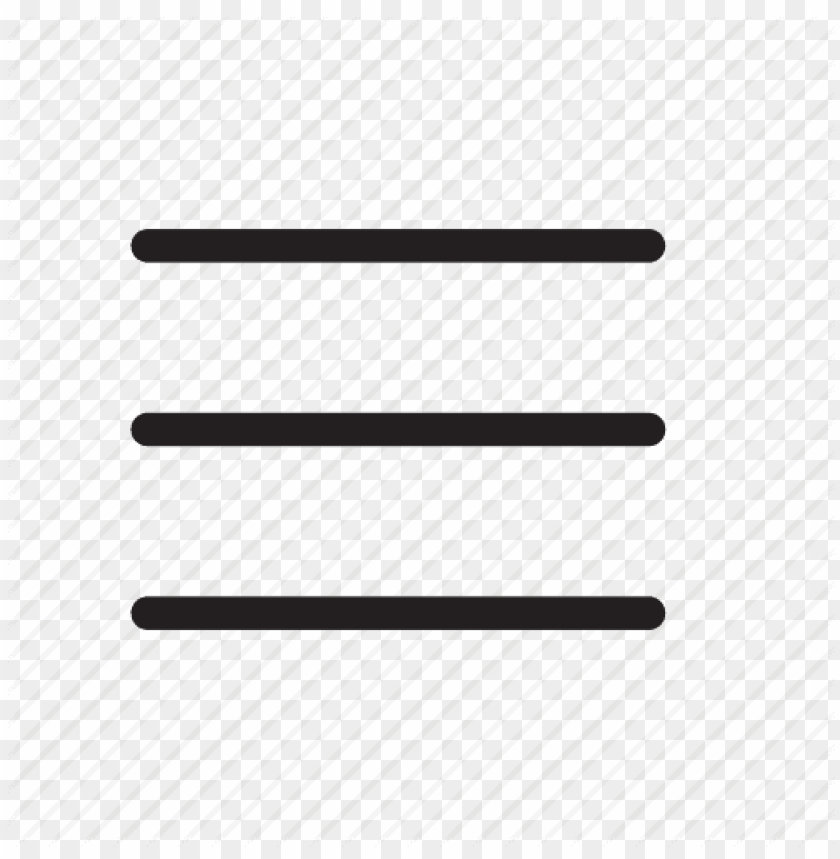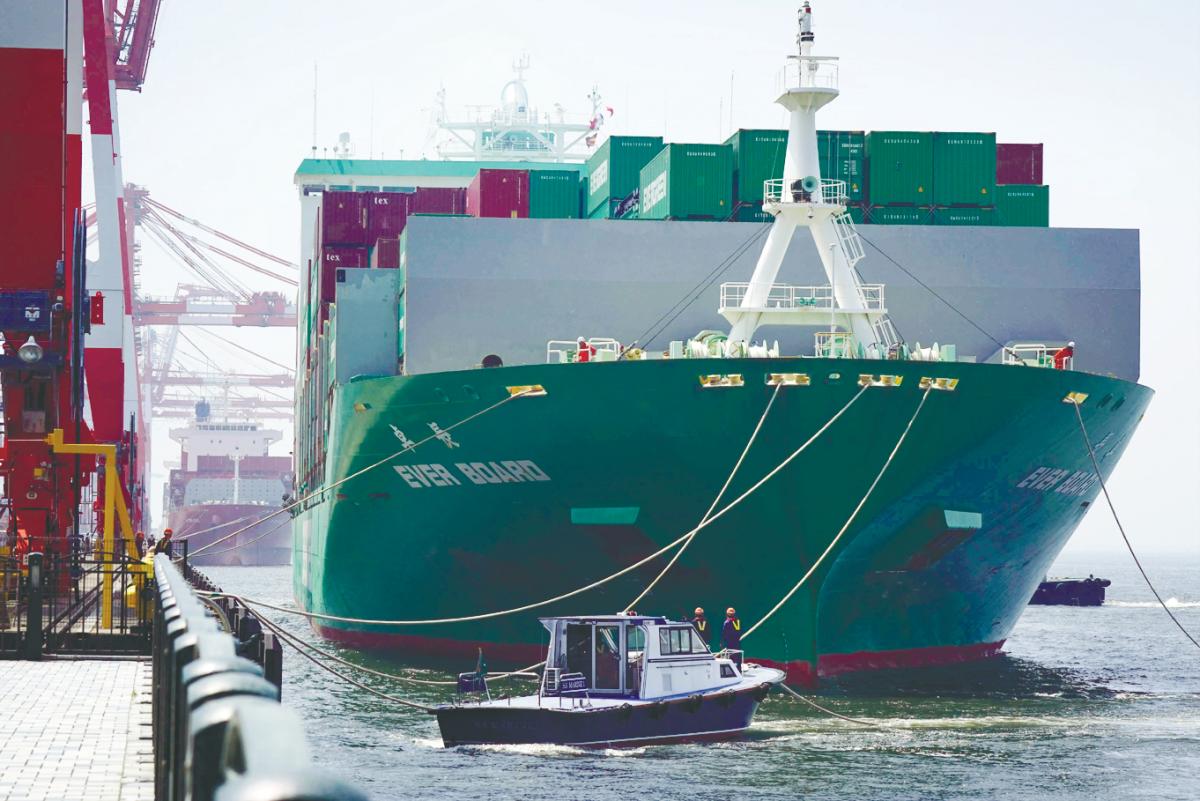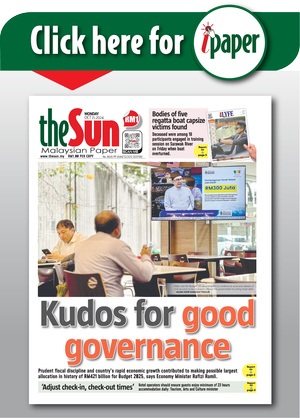TOKYO: Donald Trump sent letters to 14 countries, mainly in Asia, informing them that higher import tariffs will come into effect on Aug 1 unless they reach a deal with the US.
It is the second time the US president has set a deadline after he postponed tariffs on almost all countries in April for 90 days.
Countries that have large trade imbalances with the US have been key targets including Japan (US$68.5 billion (RM290 billion) surplus in 2024), South Korea (US$66 billion), Thailand (US$45.6 billion) and Indonesia (US$17.9 billion).
Here is a summary of what Trump’s letters mean for these countries:
South Korea: Optimistic for a deal
South Korea, already burdened by sector-specific levies on steel and automobiles, is facing a 25% tariff hike on its remaining exports to the US, but is cautiously optimistic of brokering a deal.
South Korea, one of the world’s biggest shipbuilders, agreed to “coordinate closely” with Washington on the industry to achieve “tangible and mutually beneficial outcomes”, he said.
Japan: Elections, rice and autos
A close US ally and the largest source of foreign investment in the country, Japan also has to deal with a 25% levy on its key auto industry.
Trump has criticised Japan for not opening its market to American rice and vehicles enough.
Rice imports is a taboo topic for the Japanese government, which claims to defend local farmers’ interests and has taken a hardline approach to talks ahead of an upper house parliamentary election on July 20.
Indonesia: Boost US wheat imports
Jakarta, facing 32% tariffs, plans to increase its agricultural and energy imports from the US to finalise an agreement, Economy Minister Airlangga Hartarto recently told AFP.
Indonesia had already announced Monday it had signed an agreement to import at least one million tons of American wheat annually for the next five years, worth US$1.25 billion.
Cambodia, Myanmar, Laos: China allies face heavy levies
Trump announced 49% tariffs on Cambodia in April, representing one of the highest in his blitz. Monday’s letter to the country that hosts many Chinese owned factories, reduces this rate to 36%.
Myanmar and Laos, which both face 40% tolls, rely heavily on Chinese investments, while their supply chains are closely intertwined with Asia’s largest economy.
Thailand, Malaysia: Making pledges
Thailand was told it faces 36% levies in its letter. Bangkok is offering more access to its market for American agricultural and industrial products, increasing its energy purchases, and boosting orders for Boeing airplanes.
Malaysia faces a 25% tariff and the trade ministry said yesterday it will continue negotiations to reach a “a balanced, mutually beneficial, and comprehensive trade agreement”.
Bangladesh: Textiles at risk
The world’s second-largest textile manufacturer is looking at a 35% tariff on its goods but was hoping to sign an agreement by early July.
Textile and garment production accounts for about 80% of the country’s exports, and US firms that source products from there include Fruit of the Loom, Levi Strauss and VF Corp – whose brands include Vans, Timberland and The North Face.
Dhaka has proposed to buy Boeing planes and boost imports of US wheat, cotton and oil.
Other targeted countries
Kazakhstan (25%), South Africa (30%), Tunisia (25%), Serbia (35%), and Bosnia (30%) are among the other recipients of the letters made public by Trump on Monday.









